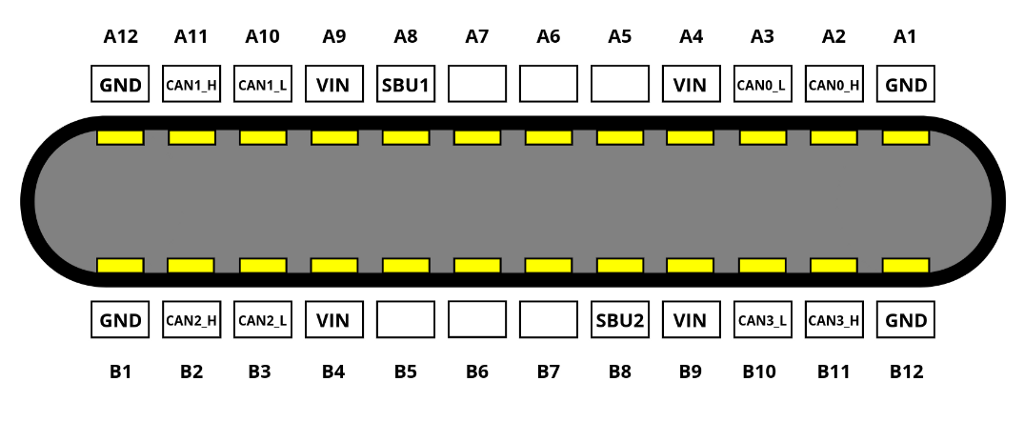IRVINE, Calif. (February 1, 2021) – Mazda North American Operations has adjusted destination and handling (D&H) charges, increasing by $50 for cars and $75 for crossover SUVs for all 2020 Mazda vehicles, effective February 1, 2021. The newly adjusted D&H price is $995 for cars and $1,175 for crossover SUVs ($1,040 and $1,220 in Alaska,… Continue reading @Mazda: Mazda Adjusts Destination and Handling Charges Effective February 1, 2021
Tag: Mazda
In latest leadership shakeup, Ford announces new head of design
Ford Motor Co. said Monday that its global design lead will retire, to be replaced by an automotive industry veteran who most recently worked for French automaker Groupe Renault SA. Moray Callum, whom the Blue Oval described in a news release as one of the industry’s “most influential design leaders,” will retire as the company’s… Continue reading In latest leadership shakeup, Ford announces new head of design
@Ford: Influential Ford Global Design Head Moray Callum to Retire, Will Be Replaced by Anthony Lo, Formerly of Renault
DEARBORN, Mich., Jan. 25, 2021 – One of the auto industry’s most influential design leaders will retire from Ford Motor Company this spring and be succeeded by an accomplished global industry veteran. Moray Callum will cap his 38-year product development career – more than half of which was with Ford – as the company’s vice… Continue reading @Ford: Influential Ford Global Design Head Moray Callum to Retire, Will Be Replaced by Anthony Lo, Formerly of Renault
Ford to recall 3 million vehicles for air bags at $610 million cost
By David Shepardson 3 Min Read WASHINGTON (Reuters) – Ford Motor Co said on Thursday it will recall 3 million vehicles for air bag inflators that could rupture, at a cost of $610 million. FILE PHOTO: Ford logo is pictured at the 2019 Frankfurt Motor Show (IAA) in Frankfurt, Germany. REUTERS/Wolfgang Rattay/File Photo/File Photo The… Continue reading Ford to recall 3 million vehicles for air bags at $610 million cost
@Mazda: Mazda informa los resultados de las ventas de diciembre y de todo el año 2020
IRVINE, California, 6 de enero de 2021 /PRNewswire/ — Mazda North American Operations (MNAO) reportó hoy ventas totales en diciembre de 31,308 vehículos, logrando los mejores resultados de cualquier diciembre y un aumento del 18.2 por ciento en comparación con diciembre de 2019. Las ventas totales anuales del 2020 totalizaron 279,076 vehículos vendidos, un aumento del 0.2… Continue reading @Mazda: Mazda informa los resultados de las ventas de diciembre y de todo el año 2020
Mazda informa los resultados de las ventas de diciembre y de todo el año 2020
IRVINE, California, 6 de enero de 2021 /PRNewswire/ — Mazda North American Operations (MNAO) reportó hoy ventas totales en diciembre de 31,308 vehículos, logrando los mejores resultados de cualquier diciembre y un aumento del 18.2 por ciento en comparación con diciembre de 2019. Las ventas totales anuales del 2020 totalizaron 279,076 vehículos vendidos, un aumento del 0.2… Continue reading Mazda informa los resultados de las ventas de diciembre y de todo el año 2020
@Mazda: Mazda Reports December and Full Year 2020 Sales Results
IRVINE, Calif., Jan. 5, 2021 /PRNewswire/ — Mazda North American Operations (MNAO) today reported total December sales of 31,308 vehicles, achieving best-ever December results and an increase of 18.2 percent compared to December 2019. Full year sales in 2020 totaled 279,076 vehicles sold, an increase of 0.2 percent compared to 2019. With 28 selling days in… Continue reading @Mazda: Mazda Reports December and Full Year 2020 Sales Results
Mazda Reports December and Full Year 2020 Sales Results
IRVINE, Calif., Jan. 5, 2021 /PRNewswire/ — Mazda North American Operations (MNAO) today reported total December sales of 31,308 vehicles, achieving best-ever December results and an increase of 18.2 percent compared to December 2019. Full year sales in 2020 totaled 279,076 vehicles sold, an increase of 0.2 percent compared to 2019. With 28 selling days in… Continue reading Mazda Reports December and Full Year 2020 Sales Results
@Mazda: Mazda Production and Sales Results for November 2020
TOKYO, Dec 28, 2020 – (JCN Newswire) – Mazda Motor Corporation’s production and sales results for November 2020 are summarized below. I. Production 1. Domestic Production Mazda’s domestic production volume in November 2020 decreased 3.8% year on year due to decreased production of passenger and commercial vehicles. [Domestic production of key models in November 2020]CX-5:… Continue reading @Mazda: Mazda Production and Sales Results for November 2020
Working with comma: A Guide for Car Companies
After Consumer Reports tested our product, we’ve seen a big uptick in reach outs from car companies. Some have understood us better than others. Our mission is to solve self driving cars while delivering shippable intermediaries, and we are very focused on this mission. By solve self driving cars, we mean develop software that’s capable of… Continue reading Working with comma: A Guide for Car Companies
